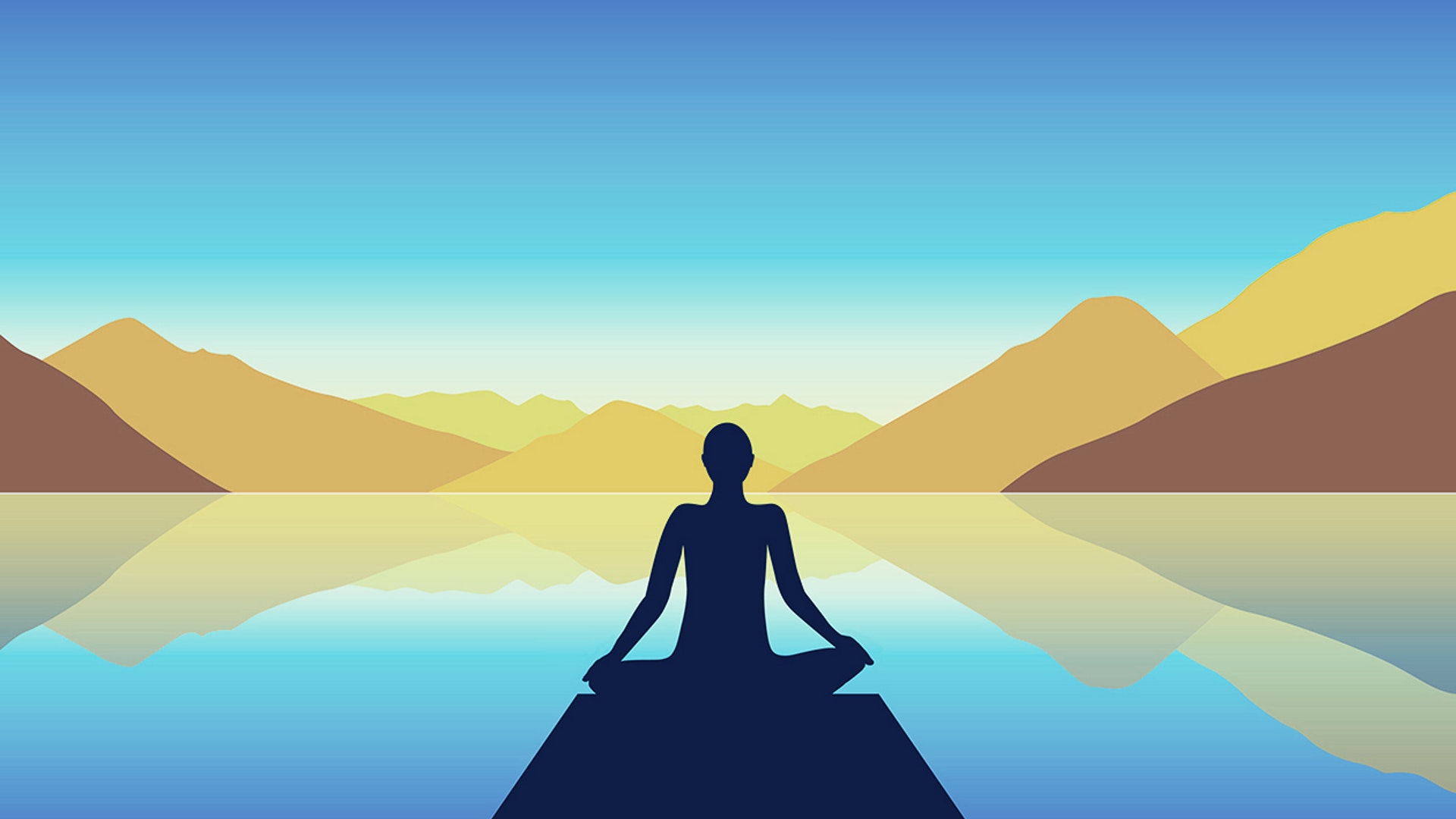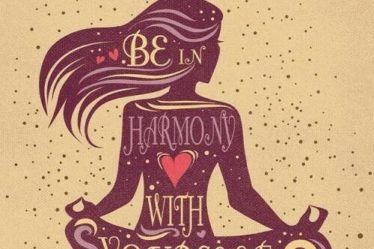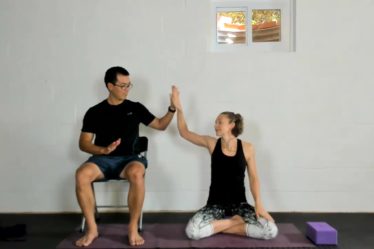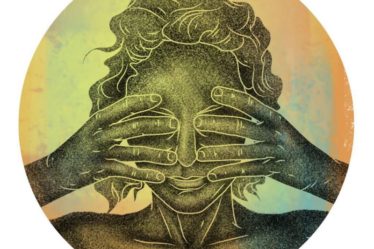
I’ll be honest, I was already planning a series on mental health and mindfulness before it became such a hot topic at the Olympic games this year. Naomi Osaka, and now Simone Biles are setting the perfect examples of what self care looks like, and I am so glad they have raised this issue to a national and global stage. They have shown us that it’s okay to not be okay. It’s okay to take care of yourself. It’s okay to pause, and maybe even pull back, in order to collect yourself. Reset.
Most of us don’t have Olympic athlete level stress, but we absolutely have stressors in our lives. And it doesn’t matter how big or small they are to those on the outside looking in. It matters how it feels inside our own mind and our own body. These stressors take a toll on our mental health and our physical health and it would serve each of us well to have a few tools for calming our own nervous systems and decreasing our own stress levels just a little bit at a time.
Stress and anxiety may feel like they are in your mind, but they actually have physically damaging effects on your body. Chronic stress causes your cortisol levels to increase which leads to inflammation. Inflammation itself can be helpful. For instance when you have an injury, the inflammation is a sign that the body is working to heal itself. BUT, sustained inflammation can lead to diseases like cancer, cardiovascular disease, inflammatory bowel disease (IBD), and rheumatoid arthritis (RA) just to name a few (stress and inflammation)
I know this all too well. I absolutely have anxiety and if I don’t find little ways every day to keep it under wraps, it goes straight to my gut. Like, my belly literally blows up and I can look about 5 months pregnant in the span of about 5 minutes. (The Gut-Brain Connection). My jeans won’t fit and it’s super uncomfortable, sometimes downright painful when it happens.
I don’t know a whole lot about canine anatomy and physiology, but I’m fairly certain my dog has some anxiety too and I can also see (and smell!) the physical manifestations of his stress. I notice this on walks when he hears a strange or new sound. He stops walking, just freezes wherever he is, and his front leg will start to shake uncontrollably. Oh and the deer farts. Phew. When we first got him we kept blaming his REALLY stinky toots on the treats we would give him. He got a few actual deer ears and hooves from a neighbor who hunts and we would call his gas afterwards “deer farts.” He’s a rescue dog, and I think he was just still anxious about all the transitions he had experienced in the weeks leading up to us getting him. He had stinky gas because of the gut brain connection and the stress he was feeling in his new environment. He’s been with us now for over a year and I can’t even remember the last time his gas smelled at all, so I’ll take that as a good sign 🙂
For Uno, all he needed to keep his anxiety levels down was a stable and loving environment. Pretty sure he doesn’t have any other major stress in his life. But for me (and a lot of other people), it’s not so simple. With summer coming to an end, and a school year transition on the horizon, I’ve spent some time preparing. Transitions are hard and stressful and anxiety inducing for many. I know that for me personally, it takes at least 2 or 3 weeks to adjust to the new routine (for me AND the kids). And this year is certainly no ordinary year!
I’ve started to create a daily mindfulness practice–one that doesn’t involve movement. You all know how much I love my physical yoga practice and it 100% quiets my mind and provides a sense of calm. But let’s be real, I have 22 hours in the day outside of that movement practice, and the stress comes back for sure. Some days I have barely rolled up my mat to find a house full of absolute chaos and in just that instant, those anxious feelings return. Sometimes I just need 5 minutes of stillness to reset. And honestly, what is the real reason that we even have a movement practice? The third limb of yoga (asana) is what most people recognize as the physical poses, but in truth those postures and that physical practice are all to prepare your body to be still. To SIT in meditation. The word asana itself can literally be translated as “seat” and in the first written texts that describe a yoga practice, the only physical pose is indeed a seated pose (for meditation).
For me, the answer to WHY is simple. It helps calm my mind and relieve my anxiety which happen to affect my mental state AND my physical well-being. The next question is HOW does it work. Why is sitting in stillness and focusing on my breath for a few minutes each day so important? How is it so helpful? Stay tuned for the next post where we’ll take a DEEP dive ino anatomy and phsyiology to help explain how it’s all connected. Mind, body, and breath.



[…] a mindfulness practice. If you haven’t read the first post, I would suggest starting there (WHY cultivate a mindfulness practice). In part 2, we are taking a deep dive into anatomy and physiology to help get a better […]
[…] covered the WHY and the HOW of meditation over the last two weeks of posts. This week we delve into the […]
[…] post is the final article in this 4 week series. We’ve covered why the practice is beneficial, how it works in the body, and what it does (or doesn’t) have to look like. Today I want to […]